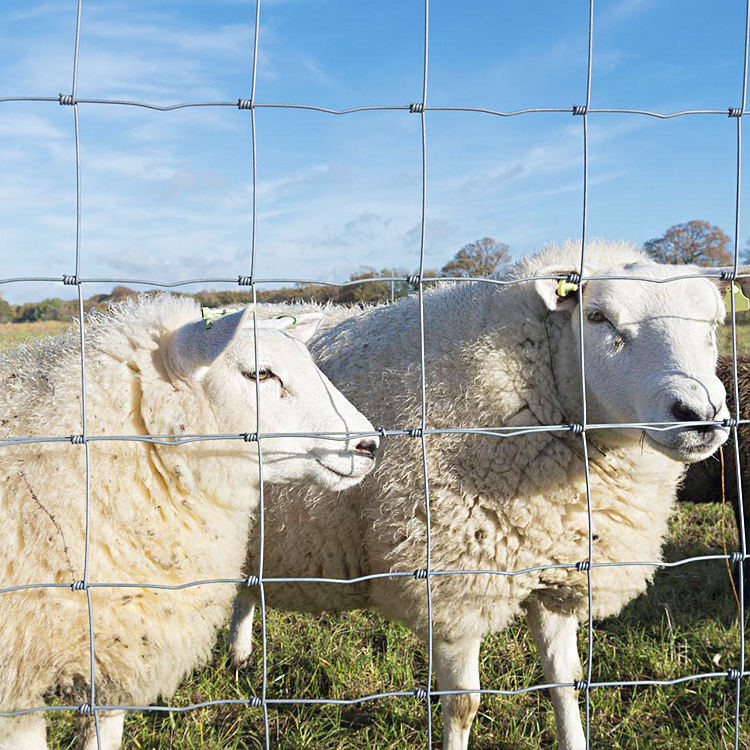Understanding Anti-Climb Fences A Detailed Overview
In today's world, security is a paramount concern for both residential and commercial properties. Intrusions, vandalism, and theft have prompted the implementation of various security measures, one of the most effective being anti-climb fences. These specialized fences serve as a deterrent against unauthorized access and provide peace of mind to property owners. This article delves into the details of anti-climb fences, their designs, materials, and key benefits.
What are Anti-Climb Fences?
Anti-climb fences are designed specifically to prevent individuals from easily scaling the structure. Unlike standard fences, which might be surmountable with skill or effort, anti-climb fences incorporate features that hinder climbing, providing an extra layer of security. They are commonly found in settings that require heightened security, such as government buildings, military installations, industrial sites, and high-security residential areas.
Design Features of Anti-Climb Fences
The design of anti-climb fences typically includes several key features that make them difficult to scale
1. Height Anti-climb fences are usually taller than conventional fences, often reaching heights of 8 feet or more. This increased height alone acts as a significant deterrent.
2. Material The materials used in anti-climb fences are often robust and durable. Common choices include galvanized steel, aluminum, or reinforced materials that can withstand attempts to climb or cut through. The use of sharpened or pointed tops is also prevalent, further complicating any climbing attempts.
3. Barbed Wire and Spikes Many anti-climb fences incorporate barbed wire or spikes at the top. This not only makes it physically uncomfortable and dangerous to attempt to climb over but also signals to would-be intruders that the area is serious about security.
4. Vertical Bars or Meshes Fences are usually designed with closely spaced vertical bars or meshes. These configurations leave minimal footing for someone attempting to climb, thereby increasing the difficulty level.
anti climb fence detail

5. Anti-Climb Coatings Some fences are treated with specialized anti-climb coatings that make climbing slippery. These coatings further enhance security by making it physically challenging to gain a grip.
Benefits of Anti-Climb Fences
The implementation of anti-climb fences offers numerous benefits to property owners
- Enhanced Security The primary advantage is the enhanced security they provide. The design and structure act as a formidable barrier against unauthorized access.
- Vandalism Prevention By deterring climbers, these fences help in reducing instances of vandalism and trespassing, thus protecting the property from potential damage.
- Insurance Benefits Many insurance companies recognize the value of robust security measures. Installing an anti-climb fence may lead to reduced insurance premiums, providing financial relief to property owners.
- Aesthetic Appeal Contrary to popular belief, anti-climb fences can be designed to be visually appealing. Various styles and finishes are available to match the aesthetic requirements of a property while still maintaining security.
- Peace of Mind For homeowners and business operators, knowing their property is fortified against intrusions significantly enhances peace of mind. It allows them to focus on their activities without the constant worry of security breaches.
Conclusion
In conclusion, anti-climb fences are an essential aspect of modern security measures. With their thoughtful design, robust materials, and numerous benefits, they provide a formidable barrier against unauthorized access. As security concerns continue to grow in importance, investing in an anti-climb fence can be a prudent choice for anyone looking to enhance the safety and security of their property. Whether for a home, business, or sensitive facility, these fences represent a proactive approach to safeguarding valuable assets against threat.
-
Why Galvanized Trench Cover Steel Grating Resists Corrosion
NewsJul.10,2025
-
The Versatility and Strength of Stainless Expanded Metal Mesh
NewsJul.10,2025
-
Load Calculations in Steel Grating Platforms
NewsJul.10,2025
-
Keeping Pets and Kids Safe with Chicken Wire Deck Railing
NewsJul.10,2025
-
Hole Diameter and Pitch for Round Perforated Metal Sheets
NewsJul.10,2025
-
Aluminium Diamond Mesh in Modern Architecture
NewsJul.10,2025
Subscribe now!
Stay up to date with the latest on Fry Steeland industry news.

